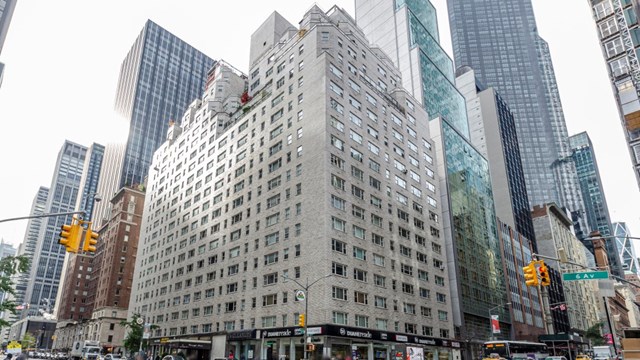The City of New York, in its infinite wisdom, has classified properties into various categories. Class one
properties consist of one-, two- and three-family homes and class two properties are multi-family residential properties including co-ops and condos. The assessed valuation for these two classes are considerably different, with class one properties having a much lower assessed valuation and thus paying substantially less real estate taxes than owners of co-op and condo apartments.
For more than six years, cooperative and condominium activists and organizations, particularly the Action Committee for Reasonable Real Estate Taxes, have lobbied that real estate taxes and the assessments upon which real estate taxes are based be equal for all home owners. On July 2, 1996 a law became effective mandating property tax abatements for owners of co-ops and condos for the fiscal years 1997, 1998 and 1999. This abatement program was created to partially reduce the disparate tax burden shouldered by owners of co-op and condo units in the city of New York in comparison to the owners of one-, two- and three-family homes.
Unfortunately, it now seems obvious that in order to equalize the tax burden among home owners, there is going to be a need to raise the real estate taxes (possibly substantially) of one-, two- and three-family home owners so that the tax burden can be reduced for co-op and condo owners and the schism can be eliminated.
Another problem with the current abatement plan is the application form itself, which is extremely difficult to complete and requires information that is probably already known to the city. The application also requires information that is not needed for the purpose of awarding the abatement, but which could be used by the city to reassess cooperatives or condominiums at a higher rate to offset the loss of revenues during the next three years. Questions regarding the square footage of the apartment are also unrelated to the legislation, since cooperatives are generally counted on a per room basis. The information requested on the tax abatement form with regard to the property's amenities may also relate to the city's desire to increase the assessed valuation of properties. The application form also requests sales information as it pertains to prior transactions, information that the city of New York already has through the receipt of the New York City Transfer Tax Returns which require the seller to pay one percent of the gross consideration as a tax. (This is the only New York State tax that I am aware of which requires a filing fee of $25 for the privilege of paying a tax.) Much of the information that the city is requesting is also contained in another form known as RPT-CC, which must be filed by transfer agents when apartments are transferred.
The intent of the legislation was to help eliminate the tax disparity between class one and class two home owners. Yet owners of conventional homes are not required to furnish the information that the agency is seeking and I wonder why cooperatives and condominiums are being singled out.
A very simple form should have been adopted that would provide basic information like the names and the social security numbers of the persons entitled to the abatement. All other information is clearly irrelevant. The calculation would then be done ad5 on the simple formula that the city has established.
When the abatements are finally paid, I believe we are going to find that a great number of smaller cooperatives, many of which are self-managed, have not received abatements for their shareholders or unit owners, because of the fact that they may be unsophisticated with regard to the application process. Hopefully, the abatements will be paid quickly, and our elected officials will take their responsibility seriously and ultimately devise an equitable real estate tax structure that is truly fair to all home owners in New York City.
Mr. Brett is a partner in the law firm of Schwarzfeld, Ganfer & Shore in Manhattan.







Leave a Comment